on snake and tradition – ginger ‘nian gao’ aka ginger mochi cannelés (gluten free)

The Chinese New Year and the Year of the Snake will start on Feb 10th. For the last two years, I’ve co-hosted a Chinese New Year Potluck with my partner in crime, Jackie, but this year, we decided to take a break. We hope to resume the tradition next year. Even without the event, I’m still want to greet the new year with worthy sweets.
The traditional holiday dishes fare bountiful, with each representing either prosperity, wealth, health, longevity, or some other desirable outcome. The shape of the food also converys meaning—noodles in long strands, for example, symbolize longevity. The shape of dumplings resemble the shape of Imperial gold currency (the sycee), thus suggest wealth.
Nian gao (glutenous rice cake) is considered good luck, because it’s a homonym for either getting taller or reaching a higher plateau. These rice cakes are offerings to the Kitchen God in hopes that they will sweetened his heart and the stickiness will glue his mouth shut, so he can’t utter a bad word about the household to the other gods in heaven.
Nian Gao comes in both savory and sweet versions. Sweet nian gap is usually no more than brown sugar, glutenous rice flour, oil, and water. As much as I adore sweets, I have to admit that I generally prefer the savory type, but even more I enjoy the chewy texture of both. (Mochi is the Japanese version.)
So this year, I created an updated sweet version full of auspicious symbols.The cannele mold suggests the shape of a gold nugget while the ginger boosts energy. A mix of Mochiko flour and rice flour maintain the chewy texture without the density of a Japanese mochi. Butter harmonizes the best of East and West desserts. The result is the Ginger Nian Gao, a new offering to the Chinese New Year table to bring prosperity, and health.
Ginger 'Nian Gao' - Ginger Mochi Cannelés
Ingredients:
- 10-1/4 ounces (2/3 box) Mochiko flour
- 1 cup (5 ounces) rice flour
- 1 teaspoon ground ginger
- 1/8 teaspoon ground cinnamon
- 16 tablespoons (8 ounces/2 sticks) salted butter, softened
- 1 cup (7 ounces) granulated sugar
- 1 can (14 oz) sweetened condensed milk
- 1 can (12 oz) evaporated milk
- 3 tablespoon ginger, freshly grated
- 1 teaspoon pure vanilla extract
- 1 teaspoon pure vanilla extract
- Ginger syrup, recipe to follow
- 1/3 cup crystalized candied ginger, finely chopped
- Malden Sea Salt, for sprinkling
Ginger Syrup
- 1-1/4 cup water
- 1 cup (7 ounces) granulated sugar
- 8 slices of ginger, freshly sliced
- 2 tablespoons Canton, ginger liquor (optional)
Directions:
1. Adjust oven rack to lower-middle position and heat oven to 350 ℉. Spray two 1 oz silicon cannele mold with cooking spray and place them side-by-side on a baking sheet. Set aside.
2. Whisk together mochiko flour, rice flour, ground ginger and cinnamon, set aside.
3. In a blender, add butter, sugar, condensed milk, evaporated milk, grated ginger and extracts. Blend on high speed until smooth and fully combined.
4. Pour milk mixture into a large bowl and whisk in flour mixture until fully combined with no lumps. (it should be thick like pancake batter)
5. Filled each mold to the top and gently tap the baking pan on the countertop a few times to release any air bubbles in the batter. place plastic Place plastic wrap over the bowl of remaining batter.
6. Place baking sheet in oven and bake until golden brown, about 45 minutes. Make ginger syrup while cannelés are in the oven.
7. When cannelés are done, remove from oven and release them from the mold immediately. Dip each cannelé in ginger syrup until fully coated, about 10 seconds; place them right-side-up on wire rack to cool.
8. Repeat Step 3 to 5 with remaining batter.
Ginger Syrup
1. In a small sauce saucepan, combine water, sugar and ginger; heat over medium heat until sugar is dissolved and mixture comes to a simmer. Remove from heat, add Canton, stir to combine and set aside until ready to use.
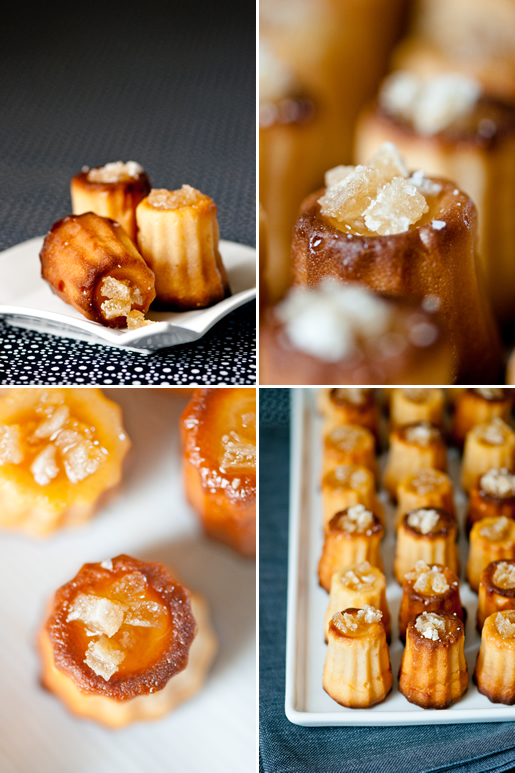
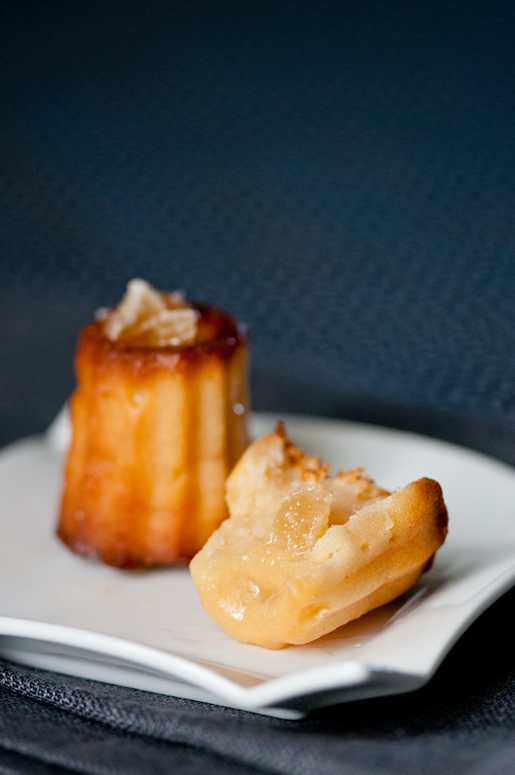
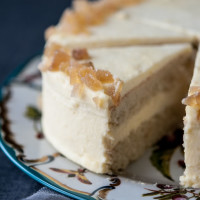
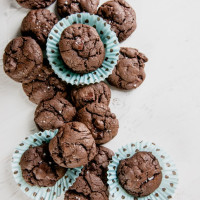

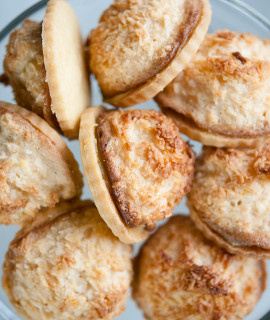
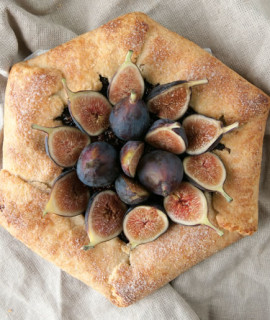
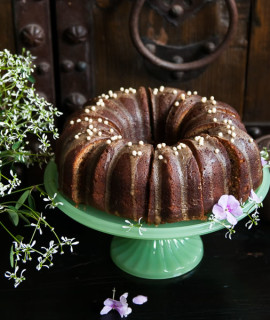
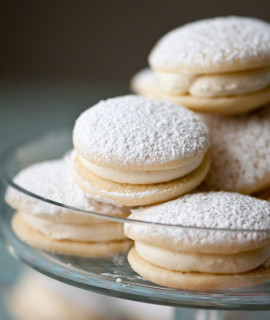
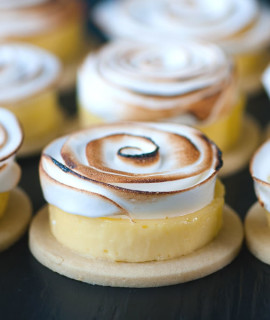
Not only is your writing eloquent and beautiful; but I love the history that you have shared with us through this recipe.
Not to mention it looks delicious! Well done Ken, and Happy New Year to you and M!!
xoxoxo
What a delightful dessert for Chinese New Year! Your photos are gorgeous and the procedure seems so easy. I don’t have the same molds as you do, but I have some mini tart pans. Do you think those would work? If I make these, my sons will devour them in an instant. Thanks for sharing, Ken! May the coming New Year bring you great things! Kung hai fat choy!
Hi Betty-Ann, mini tart or muffin pans should work nicely. Keep an eye on them when it hits the 30 minute mark. -Ken
Oh these are amazing Ken! So need one and also need to get my hands on Cannelés molds. I just love the way you have intermingled so many ideas, flavors and cultures into the dessert!
Fantastic take on the cannele, Ken! I can’t wait to try these in metal molds–I have a silicone mold, but it doesn’t get that signature caramelized shell that cracks when you bite into it. Love the symbolism and thoughtfulness that went into the ingredients! Happy Year of the Snake, Ken!
I often wish I was your neighbor, so that I could eat and learn!
What beautiful pictures, and what a wonderful idea–your explanations of the auspicious symbols is especially interesting. On my “to make this year” list I have both mochi and canneles–I love the idea of killing two birds with one stone with this recipe!
Stunning photograph and a fascinating post. A fabulous dessert for Chinese new year.
Just saw this on pinterest and was lured in by the nian gao /canele hybrid – I’m in love! What a wonderful idea – Happy New Year!
Pingback: Inspiraciones del día (food lover) : mekitchen
Pingback: Ginger Mochi Cannelés – Happy Chinese New Year! | Milo's Bonbons